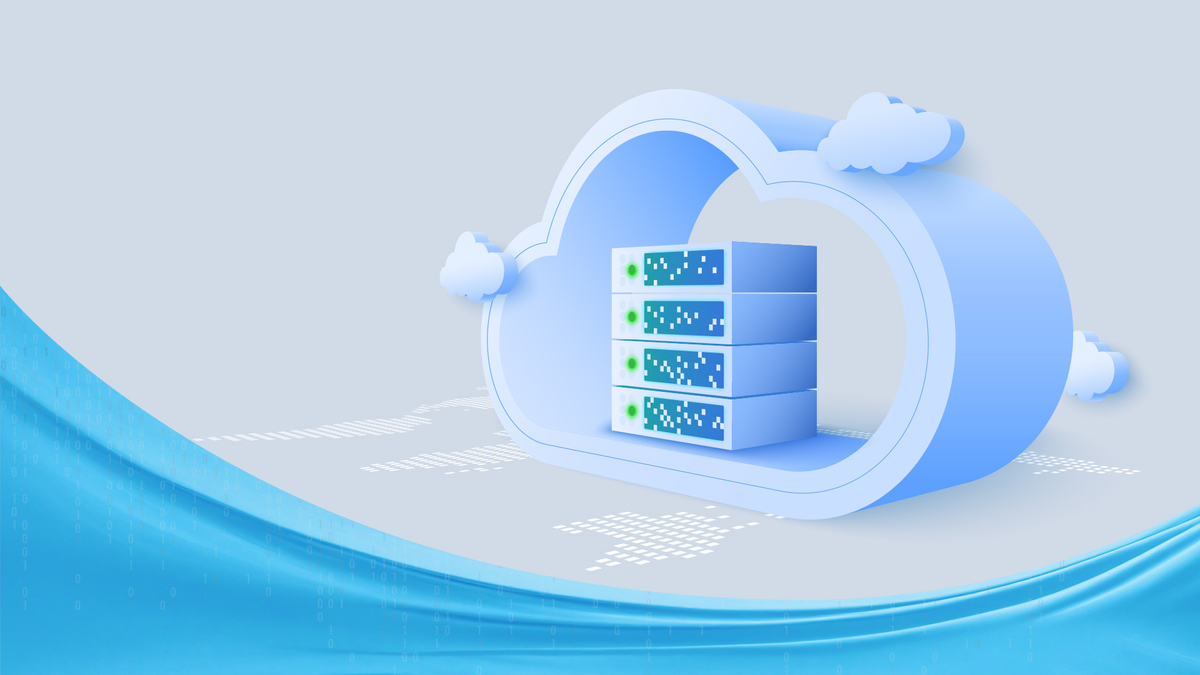Adults make 35,000 decisions in a day. According to Cornell University, individuals make 3,500 daily decisions about food alone. It’s no wonder people have decision fatigue. A significant contributor to decision overload is not having sufficient information to make the decision. Sometimes, the opposite is true. There’s so much information it’s impossible to process it all, making the data almost useless.
Decision fatigue also impacts business decisions. Making rapid-fire decisions without real-time data only adds to the decision-making stress. That’s why having access to data reporting and dashboards is essential to reducing decision fatigue.
The business landscape for the insurance industry has changed significantly in the last few years. In-person interactions have constrained agent-client relationships. Changes in policy coverage have required internal processes to adapt. In some cases, historical data is not as robust as it should be to enable informed decision-making. All of these factors mean a greater reliance on data for industry resilience.
What is Data Reporting?
Data reporting involves collecting, integrating, and visualizing data from multiple sources. It uses historical data to show the outcomes of past decisions that can provide insights into future actions. Data reporting often takes the form of tables, graphs, or charts to better illustrate patterns as a result of data aggregation.
What are Dashboards?
Dashboards are graphical user interfaces that display key performance indicators (KPIs) for a business or process. The information appears on a single screen for a comprehensive look at current activity. Dashboards often allow users to drill down for a closer look at the data. They are a convenient way for users to see pertinent KPIs at a glance.
Why Use Data Reporting and Dashboards?
Before dashboards and data reporting, companies spent hours collecting and normalizing data to produce manually generated documents on business activity. Many times, the reported data was out-of-date by the time it reached decision-makers. The time-lapse between when the data was collected and when it was viewed made it difficult to make data-driven decisions. Sometimes, the information simply arrived too late.
With today’s technology, KPIs can be tracked and reported in real-time to enable more insightful decisions. Here are a few examples of how data reporting and dashboards can help performance.
- Consider sales performance. Set up milestones and let the data show the progress towards goals.
- Evaluate agent performance. Use KPIs to see overall agent performance and identify areas for added training.
- Assess claims management process. Consolidate information from multiple sources to determine how well the end-to-end claims process is working. Use the data to make changes to improve customer satisfaction.
- Ensure regulatory compliance. Stay up-to-date on regulatory requirements with visual representations that can convert status at a glance. Companies can use the data to make adjustments immediately rather than waiting until the end of a quarter or year.
- Review pricing models. Look at pricing models by product and location to determine if adjustments should be made. Providing segmented data in an easy-to-read format makes for better ad-hoc decisions.
Identify market potential by location. Use internal and external data to assess market penetration by geographic location. Combine the data with information on pricing and claims processing to assess market potential.
For data to be useful, it must be accurate and available. Being able to identify the KPIs at a glance reduces the stress of decision-making and presenting the data in a visual format makes the information easier to process. Having data reporting and dashboard presentation tailored to a company’s needs enables more informed decisions at a glance.
Why Customized Data Reporting and Dashboards are Needed
No company is exactly the same, so why should their reports use the same KPIs in the same format as every other insurance company? They shouldn’t. Companies need reports customized to meet their specific business operations. That’s why many companies rely on developers to generate dashboards and data reports specific to their operations.
Whether it is the claims processing, underwriting, or sales department tracking potential sales or human resources looking for training opportunities, customized development makes it possible to use the data as a competitive advantage. Visual displays of complex data make it easier to see the pertinent information upon which to make a decision. If you’re interested in learning how OZ Intelligent Automation Consulting can help make your data more meaningful, contact us.
Sources:
https://www.bizagi.com/en/blog/intelligent-process-automation/what-is-intelligent-process-automation-ipa
https://www.inc.com/heidi-zak/adults-make-more-than-35000-decisions-per-day-here-are-4-ways-to-prevent-mental-burnout.html
https://www.logianalytics.com/resources/bi-encyclopedia/dashboards-dashboarding/



